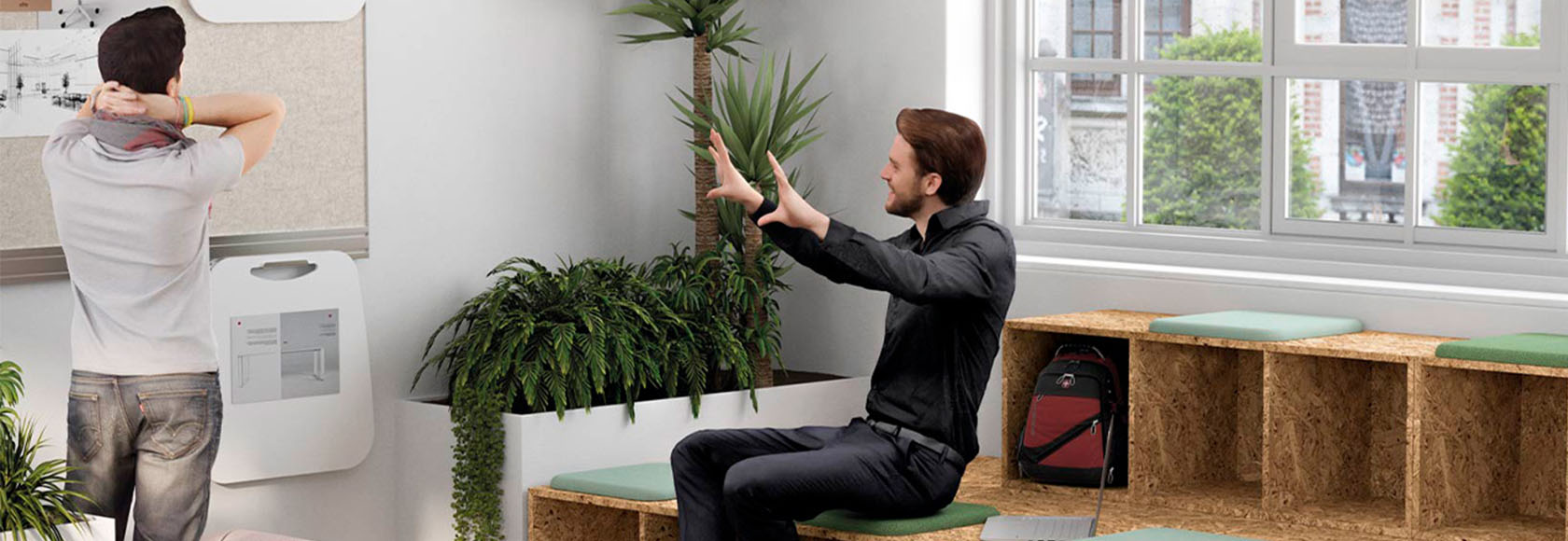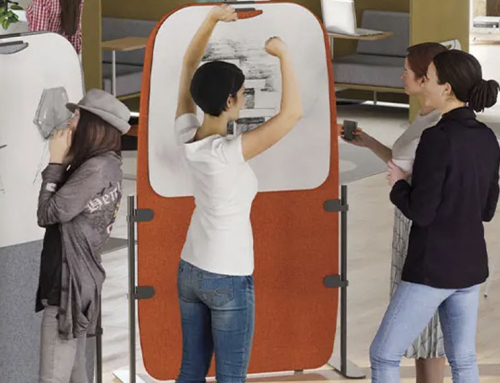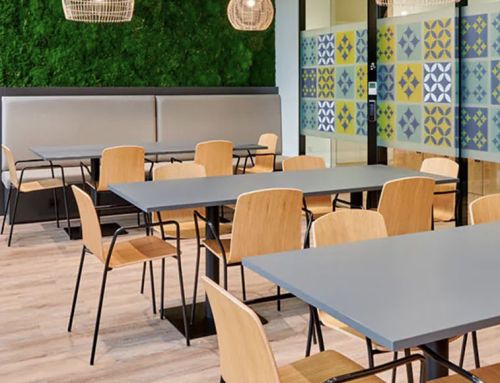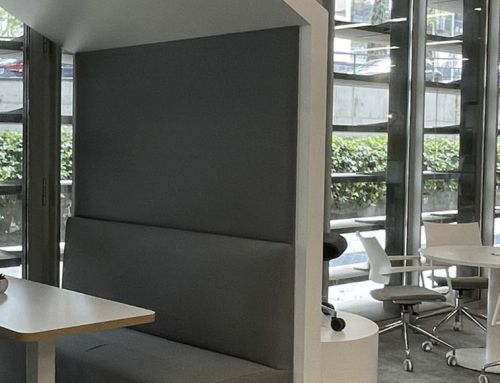How to attract talent is one of the big questions in organisations. They have been searching for the formula for success for decades. But now something has changed; it is no longer just a question of how to attract talent to the company, but also how to attract talent to the office.
Hybrid working has not only changed our perception of the way we work, it has also created new needs, opportunities and challenges for companies.
One of the main challenges posed by the new hybrid working models is how to attract talent to the office, when they can work from anywhere. The office is no longer the destination you have to go to, it has become the space you want to go to, but why?
There are five reasons why we want to return to our workplace: it is good for our health, as the ergonomic conditions of a corporate headquarters are better; it facilitates collaboration and knowledge transfer; it brings staff together, generating a sense of community and it reinforces the brand.
The vast majority of us want to go to the office, but not every day and not every office. For this reason, organisations are implementing new corporate policies and cultures and designing more human and much more flexible workspaces, in line with the needs of the moment.
Social spaces to attract talent
In this hybrid and flexible office concept, spaces for teamwork and interpersonal relationships, i.e. shared areas, and tools such as connectivity, for example, are becoming key. Similarly, work environments need to be redesigned with spaces where functions that are not performed effectively at home can be carried out. This is the case, for example, of concentration spaces or more creative areas for Agile methodologies (such as those created with Ofita’s Forthink line, in the image).
The office is the only place where the company conveys its values and attributes.
With a hybrid work model, the office loses prominence as a fixed place assigned to a person to perform a specific task and gains it as a space for co-creation and relationship between colleagues. On the other hand, from being a physical showcase for the brand, where its logos and colours are displayed, it becomes one of the main actors in the creation of its corporate culture, the only place where the company transmits its values and attributes.
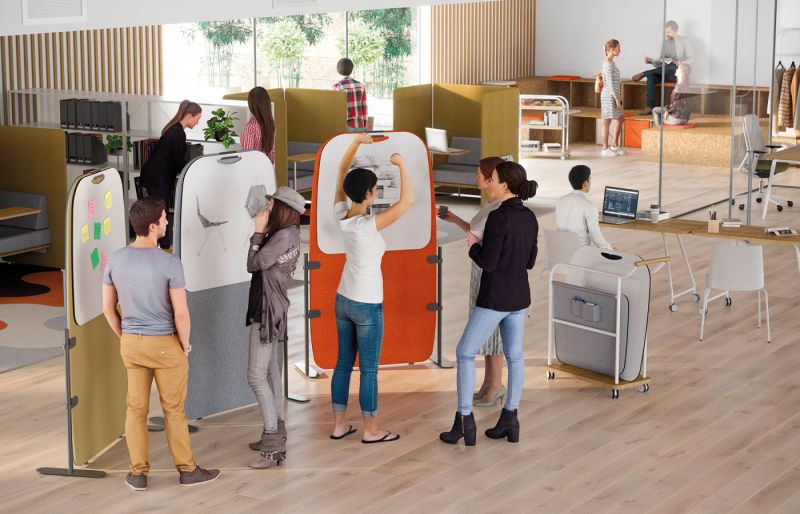
Why attract talent to the workplace
People often tend to confuse hybrid work with remote work, so it is important to establish techniques to attract talent to the workplace. In this working model, it is important that staff are on-site on certain days, not because of doubts about their productivity from home, but because fostering teamwork and relationships between colleagues is very beneficial for the proper development of the work.
Teamwork increases workers’ motivation, helps us to meet objectives, encourages creativity and the development of social skills. And, the office is the space where it takes place.
Moreover, when working remotely, if we do not establish a number of factors that define us as a company, the culture weakens and can lead to distancing, dissatisfaction and even lack of interest.
When working from home or away from the company’s location, it is common to experience feelings of loneliness and isolation, and we may even feel detached from the company. Humans need to live together in society, whether in our daily lives or in our work environment.
In corporations, Human Resources teams have the mission of maintaining the motivation, cohesion and commitment of their employees to the brand.
A person is motivated in their job when they feel they are doing well and are recognised, feel self-confident, enjoy doing their job and are eager to improve and continue learning. Also when they work in an optimal environment, in terms of comfort and efficiency.
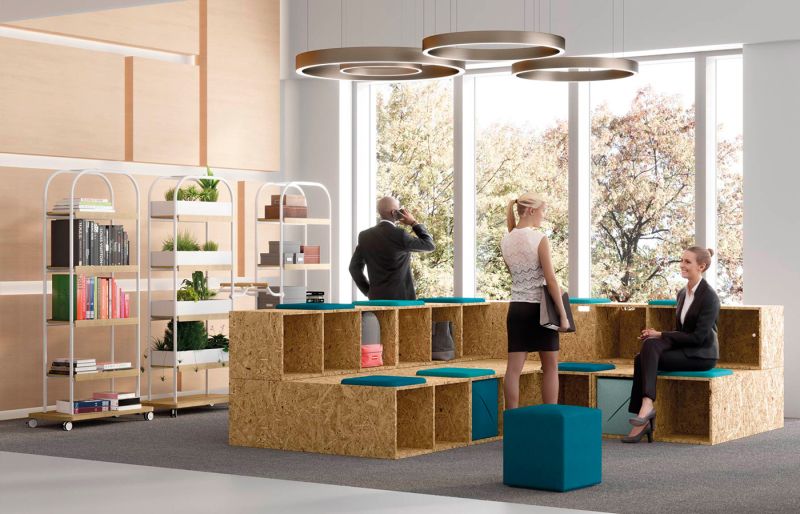
It is important to give personal autonomy and responsibility to each of the team members in order to keep everyone motivated in their work. Then, the feeling of belonging to a group is very important. We try to bring the team together in person to maintain this connection, especially when there are decision-making meetings, collaborative sessions or ideation sessions.
What should offices look like to attract talent?
Ultimately, workers do not want to give up their newly acquired flexible working arrangements, but neither do they want to give up meeting with others. Employees want to return to the office to work in a hybrid model. The question is: if I go to the office when I want and primarily to socialise, is the traditional office concept no longer valid? What should the new workspaces look like to attract talent to the office?
First of all, we forget about workstations and allocated spaces, and collaborative areas, with different typologies, are the real protagonists of offices designed to attract and retain talent.
With people in mind, offices must meet 4 basic requirements: improve their physical and emotional well-being, with a pleasant, attractive and ergonomic design; provide unique experiences for employees; facilitate flexible work; and encourage their more social activities and habits.
